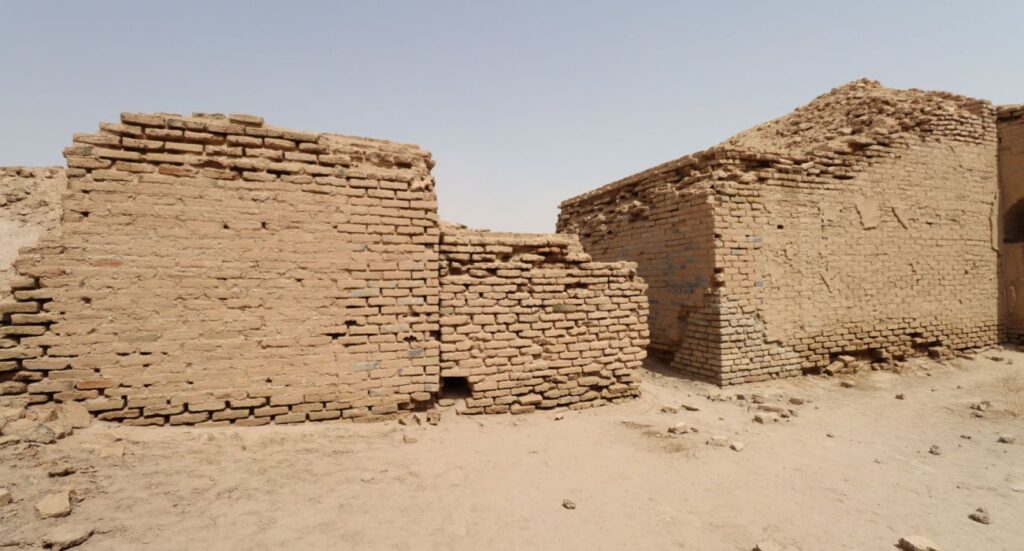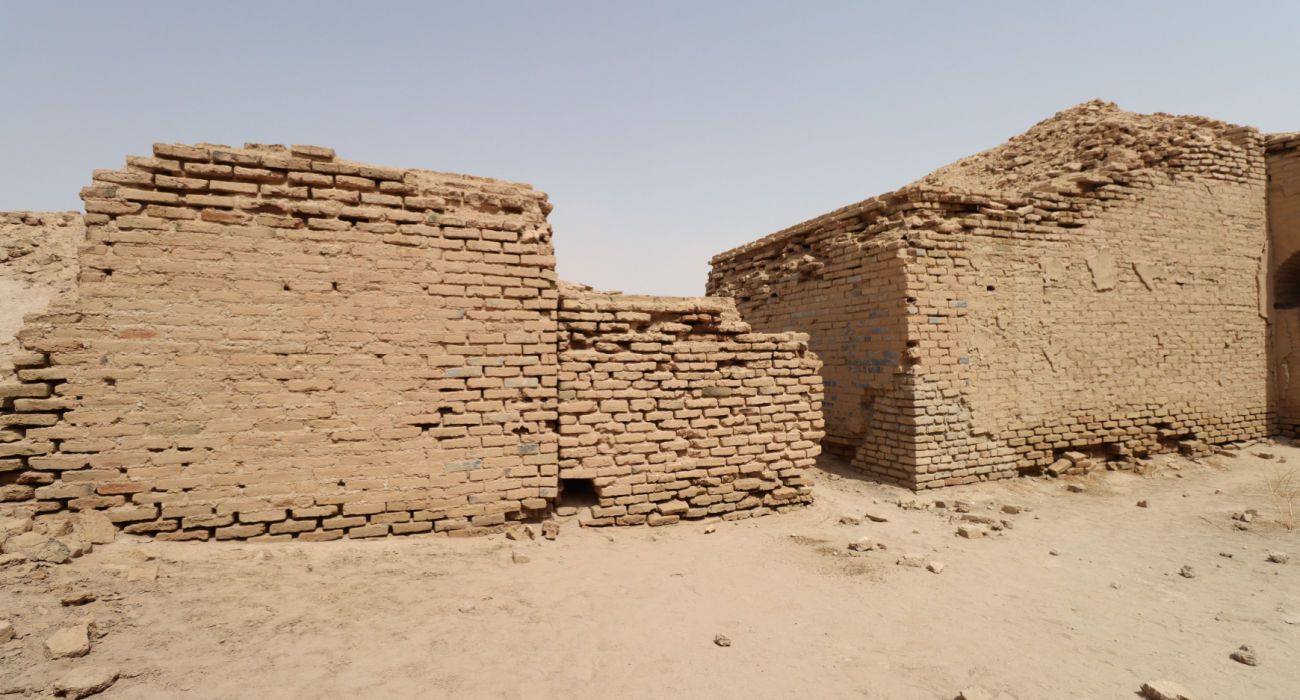
What is an Uruk? Exploring the Ancient Mesopotamian City and its People
The term “Uruk” resonates with history, conjuring images of ancient Mesopotamia, a cradle of civilization. But what is an Uruk, exactly? This article delves into the multifaceted meaning of Uruk, exploring its significance as a city, a culture, and a pivotal period in human history. We’ll examine its origins, its people, its innovations, and its lasting legacy.
Uruk: The City
Uruk was one of the most important cities in ancient Mesopotamia, located in what is now modern-day Iraq. Situated near the Euphrates River, it flourished from the Ubaid period (c. 5000-4100 BCE) through the Early Dynastic period (c. 2900-2334 BCE) and beyond. Its prominence peaked during the Uruk period (c. 4000-3100 BCE), which is named after the city itself. The ruins of Uruk are located near the modern city of Warka.
Archaeological excavations at Uruk have revealed a complex urban center. The city was characterized by monumental architecture, including temples dedicated to the city’s patron deities, primarily Inanna (Ishtar), the goddess of love and war, and Anu, the sky god. These temples, often built on elevated platforms known as ziggurats, served as centers of religious and economic life. The White Temple, dedicated to Anu, is a particularly striking example of early Mesopotamian architecture.
Key Features of the City
- Temple Complexes: The religious heart of the city, showcasing monumental architecture.
- Urban Planning: Evidence of organized urban spaces and residential areas.
- Defensive Walls: Protecting the city and its inhabitants from external threats.
- Irrigation Systems: Essential for agriculture in the arid Mesopotamian environment.
The Uruk Period: A Time of Transformation
The Uruk period, named after the city, was a transformative era in Mesopotamian history. It witnessed significant advancements in various aspects of life, including agriculture, technology, social organization, and culture. This period is often considered a crucial stepping stone towards the development of complex urban societies and the rise of civilization. Understanding what is an Uruk during this period is vital to grasping the evolution of early societies.
Key Developments During the Uruk Period
- Urbanization: The growth of Uruk and other cities marked a shift towards urban living and increased population density.
- Technological Innovation: The invention of the wheel, the development of irrigation techniques, and advancements in metallurgy significantly improved productivity and efficiency.
- Social Stratification: The emergence of a hierarchical social structure with specialized labor and distinct social classes.
- Writing: The development of cuneiform, one of the earliest known writing systems, revolutionized communication and record-keeping.
- Trade and Commerce: The expansion of trade networks facilitated the exchange of goods and ideas across Mesopotamia and beyond.
The People of Uruk: Society and Culture
The people of Uruk were a diverse population engaged in various occupations, from farming and craftsmanship to religious service and administration. Society was highly stratified, with a ruling elite controlling resources and wielding political power. The priests played a significant role in religious and economic affairs, managing the temple complexes and overseeing agricultural production. Understanding the social structure is key to understanding what is an Uruk as a societal entity.
Daily Life in Uruk
Daily life in Uruk revolved around agriculture, trade, and religious observance. Farmers cultivated crops such as barley and wheat, relying on irrigation systems to water their fields. Artisans produced pottery, metal tools, and other goods. Merchants engaged in trade with neighboring regions, exchanging surplus goods for raw materials. Religious festivals and ceremonies were an integral part of the cultural calendar, providing opportunities for social interaction and communal celebration. The story of Gilgamesh, the legendary king of Uruk, provides insight into the values and beliefs of the time. [See also: The Epic of Gilgamesh Summary]
Uruk’s Legacy: Influence on Later Civilizations
Uruk’s influence extended far beyond its geographical boundaries and temporal limits. Its innovations in urban planning, technology, and social organization paved the way for the development of later Mesopotamian civilizations, such as the Sumerians, Akkadians, Babylonians, and Assyrians. The cuneiform writing system, which originated in Uruk, was adopted and adapted by various cultures throughout the ancient Near East. The concept of the city-state, which emerged in Uruk, became a defining feature of Mesopotamian political landscape. Therefore, what is an Uruk is also a foundational element of later civilizations.
Enduring Contributions of Uruk
- Urbanization: Uruk set a precedent for urban living and the development of complex urban centers.
- Writing: The invention of cuneiform revolutionized communication and record-keeping.
- Monumental Architecture: The construction of ziggurats and temples demonstrated advanced engineering skills and architectural innovation.
- Political Organization: The city-state model influenced political development in Mesopotamia and beyond.
- Cultural Influence: The myths, legends, and religious beliefs of Uruk shaped the cultural landscape of the ancient Near East.
The Decline of Uruk
Despite its initial prominence, Uruk eventually declined in importance. Factors contributing to its decline include environmental changes, such as salinization of the soil due to over-irrigation, and political instability, including conflicts with rival city-states. The rise of new power centers, such as Ur and Babylon, also contributed to Uruk’s diminishing influence. However, even in decline, the memory and legacy of Uruk persisted, shaping the cultural and historical consciousness of Mesopotamia. It’s important to understand that what is an Uruk encompasses both its rise and its eventual decline.
Uruk in Modern Scholarship
Today, Uruk continues to be a subject of scholarly research and archaeological investigation. Excavations at the site have yielded a wealth of information about ancient Mesopotamian society, culture, and technology. Scholars from various disciplines, including archaeology, history, linguistics, and anthropology, are working to reconstruct the history of Uruk and its place in the broader context of human civilization. The ongoing research helps us refine our understanding of what is an Uruk and its significance.
Key Areas of Research
- Archaeological Excavations: Uncovering new artifacts and architectural remains.
- Textual Analysis: Deciphering cuneiform texts to gain insights into Uruk’s history and culture.
- Environmental Studies: Investigating the impact of environmental changes on Uruk’s development and decline.
- Comparative Studies: Comparing Uruk with other early urban centers to identify common patterns and unique characteristics.
Conclusion: What is an Uruk? A Multifaceted Legacy
In conclusion, what is an Uruk is not simply a city; it is a complex and multifaceted phenomenon that encompasses a pivotal period in human history, a sophisticated urban center, a vibrant culture, and a lasting legacy. From its innovations in writing and technology to its influence on later civilizations, Uruk played a crucial role in shaping the course of human development. By understanding the various aspects of Uruk, we can gain a deeper appreciation for the achievements of early Mesopotamian societies and their contributions to the world.
The city of Uruk serves as a testament to the ingenuity and resilience of the human spirit, a reminder of the enduring power of innovation and cultural exchange. It remains a vital site for archaeological research, offering invaluable insights into the origins of civilization and the evolution of human society. Considering what is an Uruk provides valuable insights into the foundations of our modern world.

